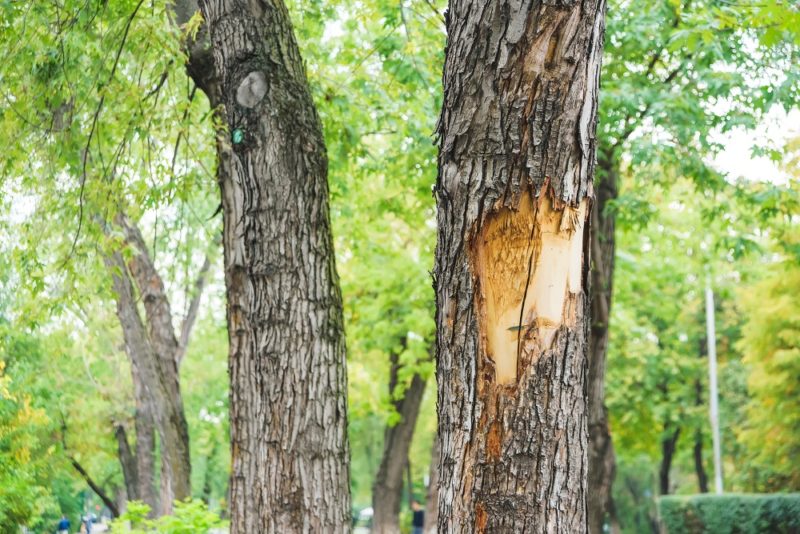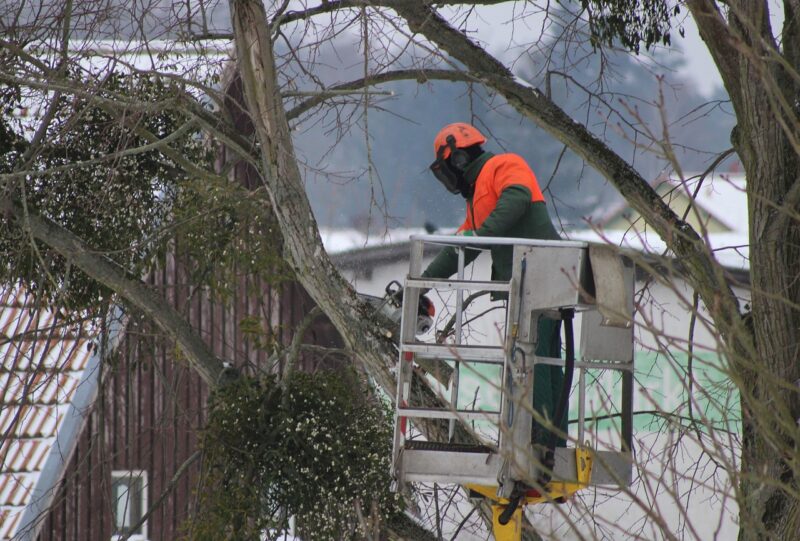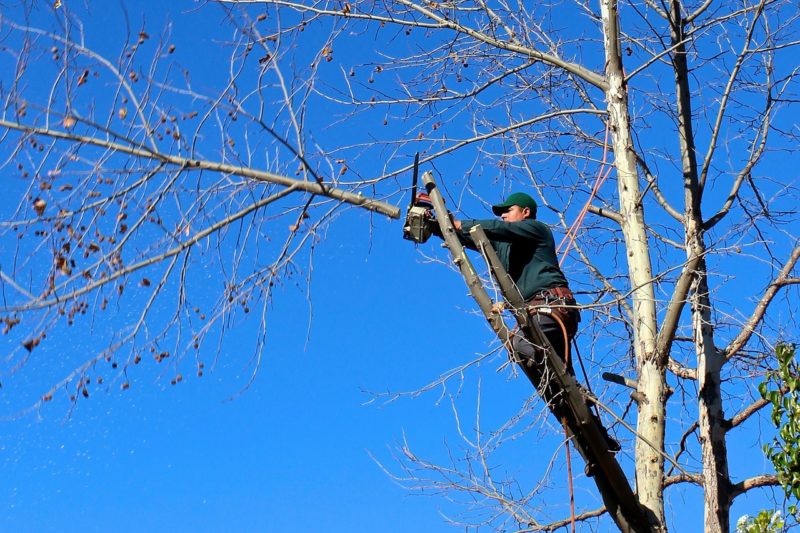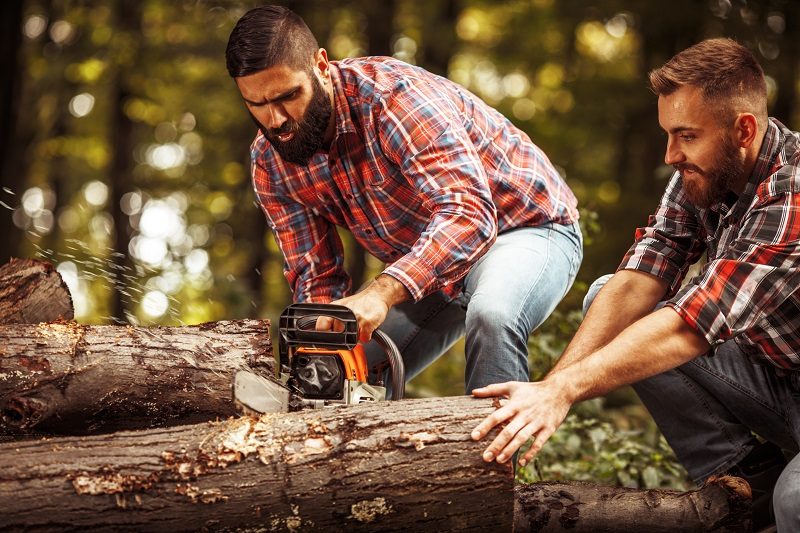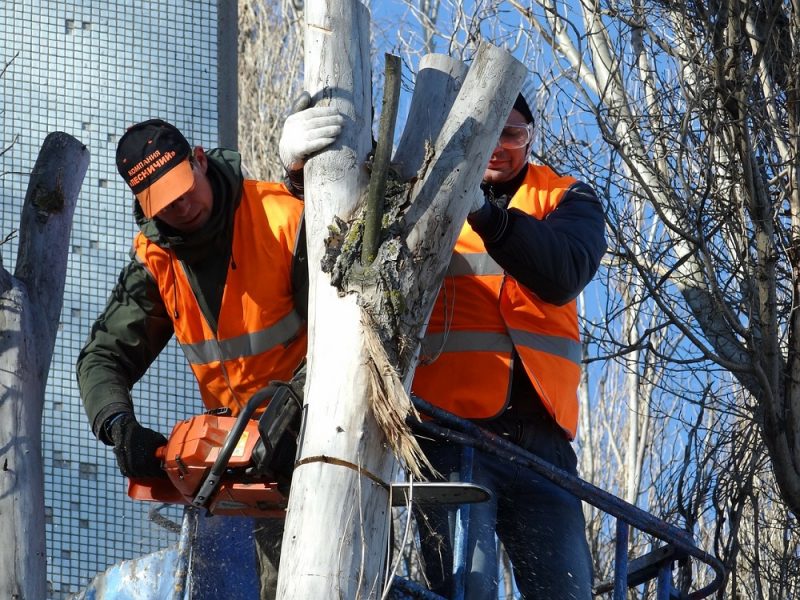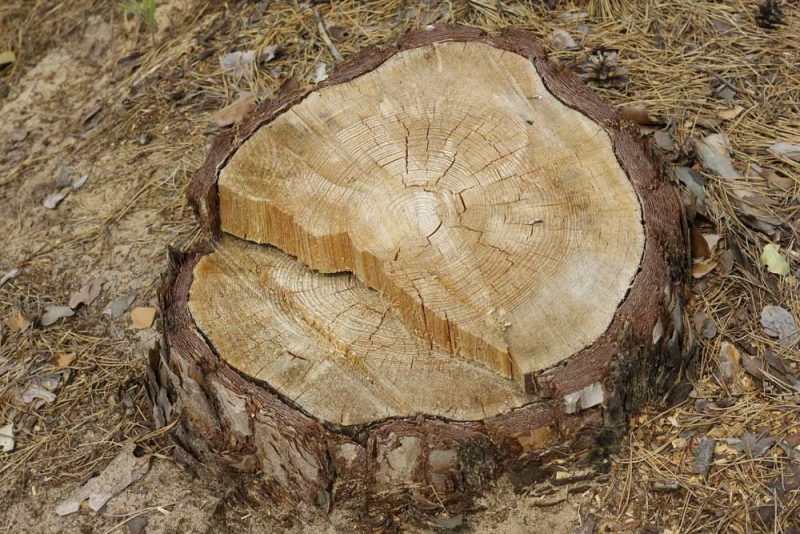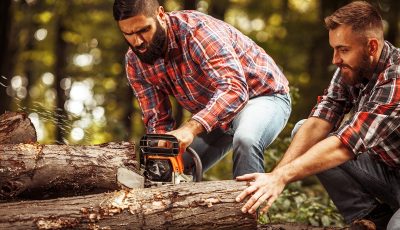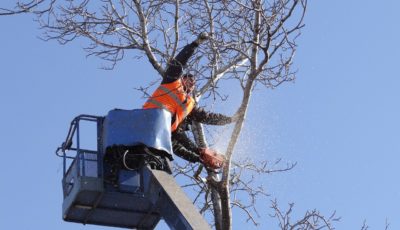What to Do (and Not to Do) When You Have a Dead Tree on Your Property
Having a dead tree on your property can be a major headache. Not only does it pose a safety hazard, it can also attract pests and diseases that can affect the health of other plants in your garden. If you have a dead tree on your property, it’s important to take action as soon as possible. In this post, we’ll be discussing what to do and what not to do when you have a dead tree on your hands.
Do’s
Hire a Certified Arborist
It may be tempting to cut down the dead tree yourself, but this can be dangerous and even illegal in some areas. It’s always best to hire a certified arborist who has the experience and knowledge to safely remove the dead tree from your property. They will also be able to assess if any other trees on your property are at risk and provide advice on how to prevent future tree deaths.
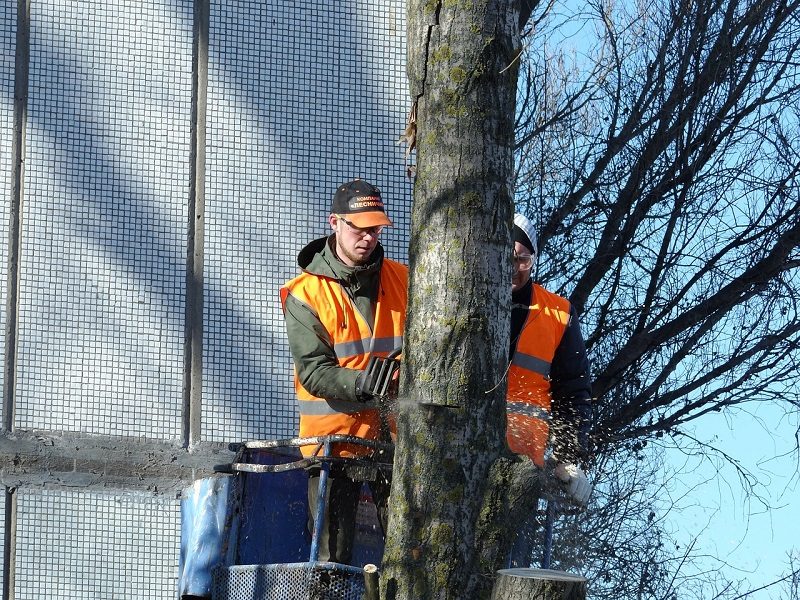
Inspect the Tree
Before taking any action, it’s important to thoroughly inspect the dead tree. Look for any signs of decay or disease, and check if there are any large branches or limbs that could potentially fall and cause harm. This will help the arborist determine the best course of action for removing the tree.
Consider Your Options
There are several options for dealing with a dead tree on your property. Depending on the size and location of the tree, it may be possible to have it safely removed. In some cases, pruning or trimming certain branches may be enough to prevent any safety hazards.
Follow Local Regulations
Before removing a dead tree from your property, it’s important to check with your local government or homeowners association for any regulations or permits that may be required. These regulations are in place to protect both you and the environment, so it’s best to heed them.
Remove It in Sections
If the dead tree is large, it’s recommended to remove it in sections rather than cutting it down all at once. This will make the process safer and more manageable for both the arborist and anyone else working on the removal. It also allows for greater control over where the tree falls, reducing the risk of damage to property or other plants.
Consider Planting a Replacement Tree
When a tree dies, it not only leaves a gap in your landscape, but it also affects the ecosystem around it. To help maintain balance and provide benefits such as shade, oxygen, and wildlife habitat, consider planting a replacement tree once the dead one has been removed. Choose a species that is well-suited to your climate and surroundings to ensure its survival.
Don’ts
Don’t Delay Removal
Dead trees can become even more hazardous as time goes on. They may become weak and unstable, making them more likely to fall or break apart. Additionally, the longer a dead tree remains on your property, the greater the risk of pest infestation and spread of disease to other plants. It’s important not to delay removal and take action as soon as possible.
Don’t Do It Yourself
While it may be tempting to save money by removing the dead tree yourself, this is not recommended. Removing a tree can be dangerous and requires proper training and equipment. It’s best to leave it to a professional tree service with the experience and knowledge to safely remove the tree without causing harm to themselves or others.
Don’t Neglect Other Trees on Your Property
If one tree has died, it’s important to take a closer look at the health of the other trees on your property. Dead trees can be a sign of larger issues such as disease or pest infestation that may affect the rest of your plants. It’s important to address any potential problems before they escalate and cause further damage.
Don’t Ignore Local Regulations
In addition to checking for regulations before removing a dead tree, it’s important to also follow any guidelines or recommendations provided by the arborist. They may suggest certain measures to take before or after removal to ensure the safety of your property and other plants.
Don’t Leave Stumps Behind
After the dead tree has been removed, it’s important to also have the stump removed. Leaving stumps behind can not only be unsightly, but it can also attract pests and diseases. Stump removal is typically included in the services provided by certified arborists and should always be done to prevent any future problems.
Don’t Let the Tree Decay
Even after a dead tree has been removed, it’s important to properly dispose of the wood and debris. Leaving it on your property can attract pests and promote further decay, potentially affecting the health of other plants in your garden. It’s best to have the arborist properly dispose of the materials or use them for mulch if possible.
Dead trees on your property can be a cause of concern, but if taken care of properly, they can be removed easily. Hiring a certified arborist, following local regulations, and removing the tree in sections are some of the things you should do to ensure safe removal. On the other hand, delaying the removal, doing it yourself, ignoring local laws, and letting the tree decay can have disastrous effects. Ensure that you make the right decision and act responsibly to avoid any unwanted risks.

